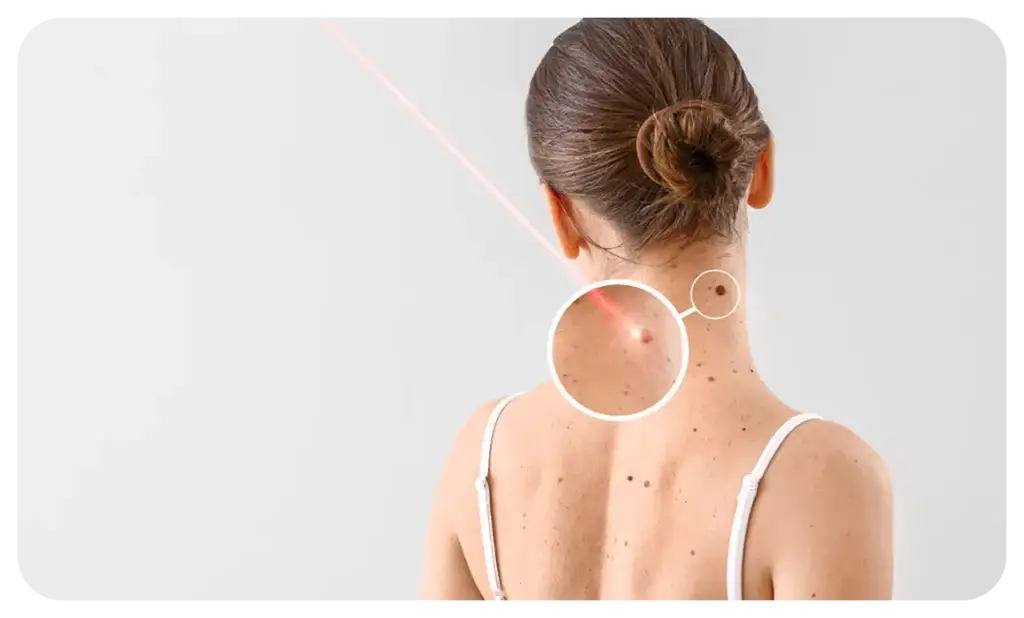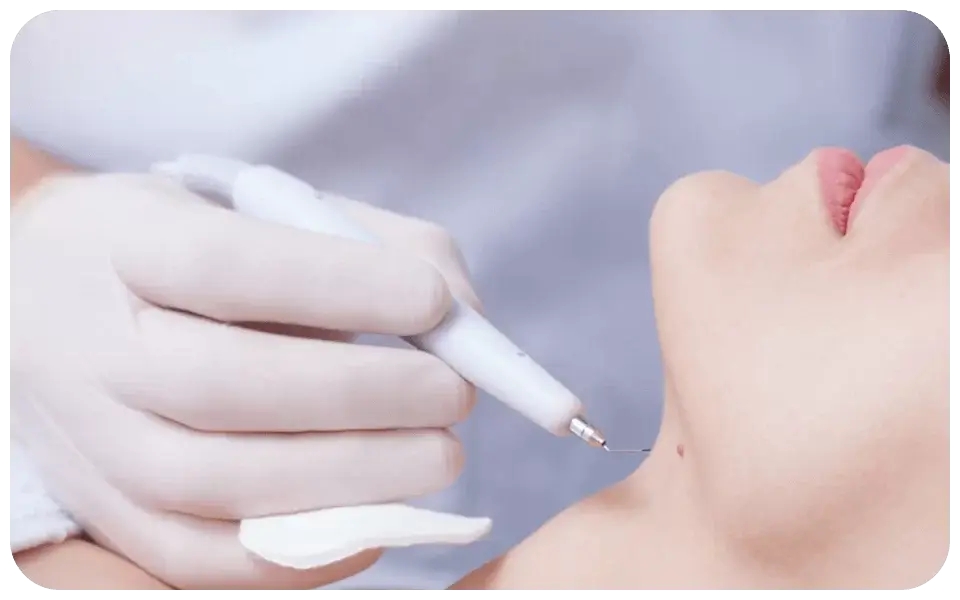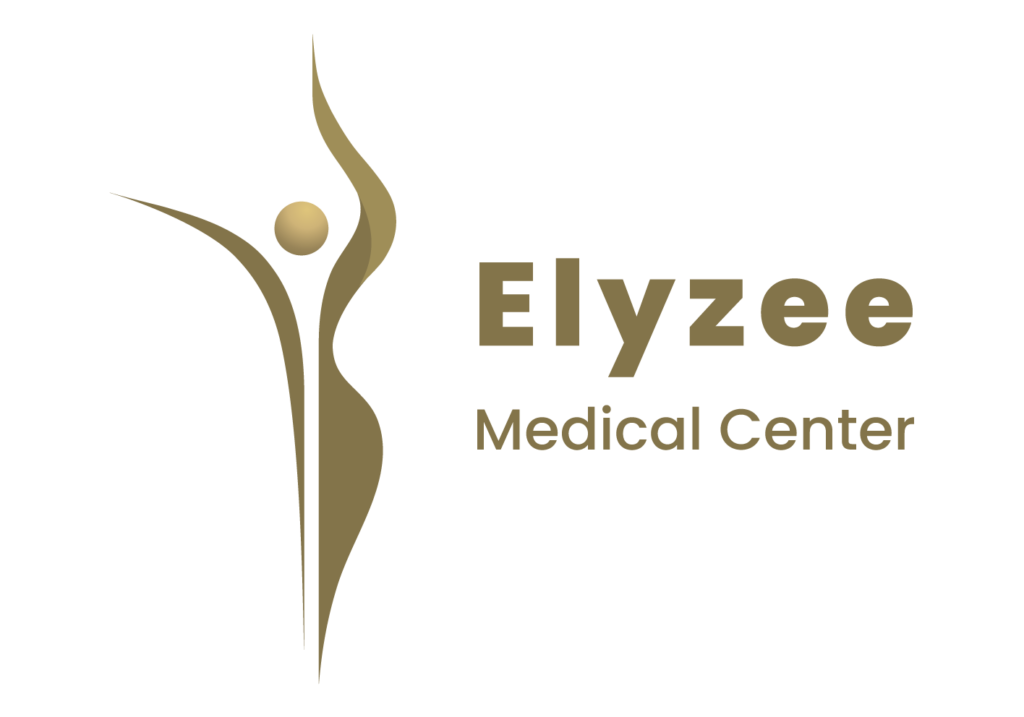Lymphedema in Riyadh
Elyzee Center is one of the best medical centers in Riyadh specializing in Lymphedema.
Lymphedema in Riyadh at Elyzee Center
The chronic condition known as lymphedema involves an accumulation of lymphatic fluid that triggers swelling and discomfort throughout different parts of one’s body. Although finding a definitive cure remains elusive at present circumstances; certain surgical strategies have emerged as effective means for managing and mitigating its related symptoms. Through this discourse/article we aim at thoroughly examining multiple aspects related to lymphedema procedures; inclusive but not limited to elucidating their advantages; highlighting ideal candidates deserving consideration; discussing nuances surrounding initial consultations; delineating treatment particulars themselves ; outlining post operative recuperation essentials ; imparting final results’ expectations and concluding with a comprehensive question and answer session addressing commonly raised queries of both general and specific nature.
The Benefits of Lymphedema Procedures
The Benefits of Lymphedema Procedures For individuals afflicted by lymphedema—a chronic ailment causing considerable distress—lymphedema procedures offer notable benefits that cannot be overlooked. Chief among them is their capacity to substantially diminish both swelling and discomfort experienced by those suffering from this persisting condition. The fundamental goal driving such interventions revolves around enhancing the movement of lymphatic fluid while simultaneously reducing its accumulation in affected parts of the body. By skillfully targeting the root cause of lymphedema. These procedures grant individuals a respite from their swelling and alleviate discomfort. And substantially elevate overall mobility and quality of life.

The Best Candidate for Lymphedema Procedures
Consultation with a Doctor and Preparation for the Procedure
Prior to undergoing any kind of lymphedema surgery or procedure it is crucially important that you arrange an initial consultation with an esteemed surgeon who possesses specialized knowledge in effectively managing cases like yours. During this preliminary meeting which serves as an ideal platform for establishing mutual trust right away they would attentively review your medical history taking careful consideration of its every aspect before proceeding further into evaluating not only how severe but also how extensive has been its impact thus far according which they can tailor their approach accordingly so as best cater towards addressing all possibilities whilst remaining mindful about fulfilling each patient’s individual goals simultaneously. By taking their time out patiently discussing various aspects pertaining directly onto themselves such as what exactly constitutes as realistic expectations in terms of potential outcomes while explaining all procedural techniques at length along emphasizing any risks involved which ultimately helps towards ensuring comprehensive understanding has been achieved thereby enabling patients like you a real opportunity to seek clarifications answers any queries or even raise concerns allay doubts if necessary thereby enabling both parties reach certain degree mutual agreement ensures smooth passage onto next step. To ensure a successful lymphedema procedure the surgeon will offer you personalized instructions. These instructions may involve maintaining a steady body weight. Wearing compression garments. And adopting a healthy lifestyle before the procedure. By adhering to these pre-procedure guidelines you can enhance your chances of obtaining optimal results while reducing any potential complications.
What's Happening During the Procedure
Lymphedema procedures can involve various techniques depending on the individual’s condition and the severity of lymphedema. Some common surgical interventions include lymph node transfer, lymphaticovenous anastomosis (LVA), and liposuction. Lymph node transfer involves the transplantation of healthy lymph nodes from one part of the body to the affected area. This procedure aims to improve lymphatic drainage and reduce swelling. LVA involves creating small connections between the lymphatic vessels and nearby veins to redirect the flow of lymphatic fluid. This helps alleviate the accumulation of fluid and reduces swelling. Liposuction, in contrast, aims to eliminate surplus fat from the affected region to enhance the overall lymphatic flow and decrease size. The technique utilized will vary based on the individual’s medical condition and the skill level of the surgeon. Depending on the complexity of the surgery and the personal choices of both the patient and surgeon it can be conducted under general anesthesia or local anesthesia with sedation.
After the Procedure and Recovery
Once patients undergo the lymphedema procedure, they might experience several consequences like swelling, bruising,and discomfort localized to the treated area. With an aim to facilitate their healing journey after this intervention, surgeons typically provide post-procedure instructions involving tasks such as wearing compression garments for added support, scheduling regular lymphatic drainage massages ,and abstaining from demanding physical activities during initial recovery stages. The duration of the recovery period for lymphedema procedures can fluctuate based on the scope of the surgery and an individual’s healing capabilities. Typically. Patients can anticipate the resumption of light activities within a few weeks. With a gradual increase in their overall level of activity as time progresses. It is crucial to adhere to all post procedure guidelines provided by the surgeon in order to effectively enhance your recovery process and attain optimal results.
After the Procedure and Recovery
Following liposuction, patients will be given specific post-operative instructions to ensure a smooth recovery process. Some common guidelines may include:
— Wearing compression garments to minimize swelling and promote proper healing.
— Optimum management of discomfort levels minimizing risks associated with infections and contributing towards improved healing outcomes can be achieved through diligent adherence to prescribed medications under the guidance of healthcare professionals.
— To achieve successful recovery after surgery. Regular follow up appointments with a surgeon are recommended. These appointments are important for monitoring progress and detecting any issues that may require prompt intervention.
— Gradually resuming light activities and avoiding strenuous exercise for a certain period as advised by the surgeon.
Swelling, bruising, and discomfort are typical occurrences after receiving liposuction. Healing takes time so it’s important not to rush this process in order for the body’s swelling response to subside.
Final Result
The noticeable improvements from lymphedema procedures emerge as the swelling diminishes and the body undergoes healing. Patients can anticipate a decrease in swelling and improved lymphatic drainage. And heightened overall function and comfort. While each person’s experience may vary. The primary objective of this procedure is to provide lasting advantages in managing and reducing lymphedema symptoms. The ultimate result frequently leads to an enhanced quality of life that profoundly impacts overall well being.
Conclusion
In their battle against lymphedemas persistence individuals can discover respite through an assortment of beneficial options provided by lymphedema procedures. These measures diligently work towards diminishing swelling. Successfully managing symptoms and skillfully warding off potential complications synonymous with this enduring condition. Before embarking on a decision regarding a possible course of action—such as opting for a specific type of surgical intervention—it is essential to schedule a consultation with a highly regarded surgeon with expertise in lymphedema management. Such a consultation will prove invaluable in identifying the path most appropriate for addressing your unique condition.

FAQs
Can lymphedema procedures cure lymphedema completely?
Lymphedema procedures do not have the ability to fully eradicate lymphedema. As this condition is of a persistent nature. Nevertheless. These procedures can be effective in effectively managing and alleviating the symptoms that are closely associated with lymphedema. Such as swelling, discomfort, and complications. The principal objective of these procedures is to enhance the individuals quality of life and contribute to their overall well being.
What are the chances of encountering risks or complications during lymphedema procedures?
Every surgical procedure carries certain inherent risks and potential complications; lymphedema procedures are no exception. These possibilities include the development of infections, excessive bleeding episodes, formation of scars, alterations in sensation levels experienced by patients or mismatches in physical appearance. To ensure complete awareness about these prospects and possible consequences one must engage in detailed discussions with their surgeon prior to proceeding ahead with the treatment.
What is the timeframe for observing the ultimate outcomes following a lymphedema procedure?
Following a lymphedema procedure. It is during the recovery process when one truly witnesses how beneficial it is as swelling subsides and healing takes place. Although each individuals’ experience may differ somewhat. Patients can expect notable progress in their ability to effectively cope with and reduce lymphedema symptoms within several weeks to several months after undergoing this treatment.
Is lymphedema surgery covered by insurance?
The extent of insurance coverage for lymphedema procedures can differ according to the insurance provider and policy. In some cases. Insurance companies may cover either some or all of the procedure if it is considered medically necessary. To ensure clarity regarding coverage and any prerequisites or documentation required for insurance approval it is crucial to consult both your insurance provider and surgeon.
Make An Appointment


